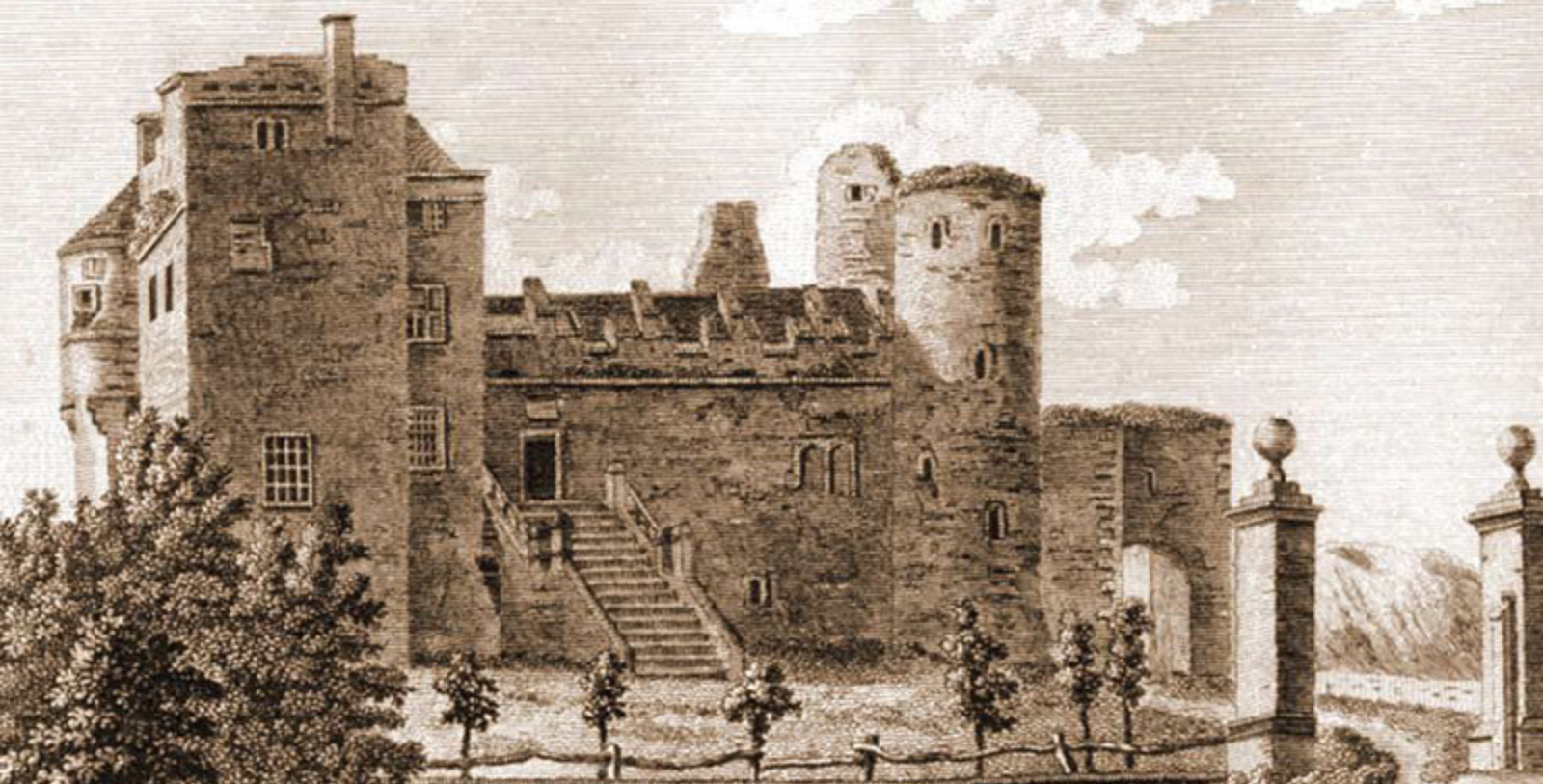Receive for Free - Discover & Explore eNewsletter monthly with advance notice of special offers, packages, and insider savings from 10% - 30% off Best Available Rates at selected hotels.
ghost stories
Many legends abound of Kilkea Castle’s “Wizard Earl,” Gerald FitzGerald, the 11th Earl of Kildare. From 1547 to his death four decades later, FitzGerald ruled over the estate like his ancestors had centuries prior. Yet, according to the stories, he had an affinity for practicing the “dark arts” within a hidden chamber located deep in the bowls of the castle. The Earl would instigate all sorts of strange magical incantations day and night, with the most potent being his shapeshifting spells. One day, his wife, Mabel, begged the lord to show her his wealth of otherworldly powers. Unable to turn her away, the Earl agreed. But he had one condition—she must not show any fear, lest he leave her forever. As darkness crept into the room, he sullenly began to test her resolve with three demonstrations. First, Gerald commanded that the River Griese swell until it flooded the castle all the way up the his wife’s neck. Surprisingly, the woman did not make a sound. Next, the Earl conjured forth a serpent-like monstrosity that started to coil around Mabel’s entire waist. Still, she did not make any signs of protest. Reaching deep within the recesses of his warped mind, Gerald FitzGerald cast his most insidious hex yet.
A cloud of aethereal mist burst throughout the room and surrounded Mabel. Soon, the outline of a ghostly figure stepped into the light and took shape. Gerald had managed to summon the spirit of a long-deceased friend, who briefly greeted the couple before vanishing back into the afterlife. As with the other two spells, Mabel remained unmoved. Pleased with his wife’s courage, Gerald decided to show her his shapeshifting abilities. With a puff of smoke, the Earl transformed into a little black bird that hoped onto Mabel’s shoulders and sang softly to her. But as soon as Gerald had ascended onto his wife’s shoulders, the family’s cat appeared and pounced. Having finally reached the limits of her sanity, Mabel fainted. When she finally regained consciousness, the Earl’s dire warning had come true—he had disappeared entirely. But it was not the last time Kilkea Castle would see Gerald. The myth attests that Gerald finally rested in a cave beneath the Fort of Mullaghmast, just to the north of Kilkea Castle. Using his magical powers to preserve his essence, the Earl would return to the castle on the 7th day of the 7th month of every 7th year. He would arrive at midnight mounted on a silver-shod white horse with glittering hooves. Gerald’s phantom would stay through the night, before taking his leave at dawn.
The historical record about the Earl’s life may explain why such a tale exists. Gerald FitzGerald was just a 12-year-old boy when his half-brother, “Silken” Thomas FitzGerald, rebelled against the English Crown. His brother had been spurred into action, following accusations that their father had been executed by King Henry VIII. The Lord Lieutenant of Ireland, Thomas FitzGerald successfully raised a massive army to confront the hated English. But Thomas’ uprising eventually failed and he was executed for treason in 1537. With counselors advising the king to rid Ireland completely of the FitzGeralds’ influence, family friends whisked the young Gerald away into hiding. His guardians hid him in Italy, where he fell under the care of his kinsman, Cardinal Reginald Pole. The whole Italian Peninsula at the time was in the midst of a cultural revolution celebrated today as the “Renaissance.” Gerald immersed himself into its scientific endeavors, studying the likes of astronomy, medicine, and most notably, alchemy.
Tales of his activities abroad drifted back to London, where they enchanted the members of the English nobility. Gerald was eventually invited to attend court by King Edward VI, following the death of his own father in 1547. During his time in the capital, Gerald FitzGerald married Mabel Browne, the daughter of Sir Anthony Browne. Now a favorite of the Tudors, the English Crown granted the Earldom of Kildare back to Gerald. Returning to his family’s seat of power of Kilkea Castle, the Earl continued to pursue the educational interests he had picked up while in Italy. Gerald even raised a family, too, as he and Mabel had five children. Yet, the sanguinary life that Gerald had just won back would be short lived. His unrepentant embrace of Roman Catholicism made him the target of political rivals who were envious of his royal patronage. With the rise of religious unrest throughout the mid-16th century, Gerald was once again the target of treason for his attitudes about Protestantism. He was twice imprisoned in the Tower of London and singled out for execution both times. Only the timely intervention of Queen Elizabeth I—who had always enjoyed Gerald’s presence—saved the Earl’s life. Nevertheless, Gerald FitzGerald died naturally while a captive in the tower, giving rise to the myth that he had somehow magically vanished without a trace.



























